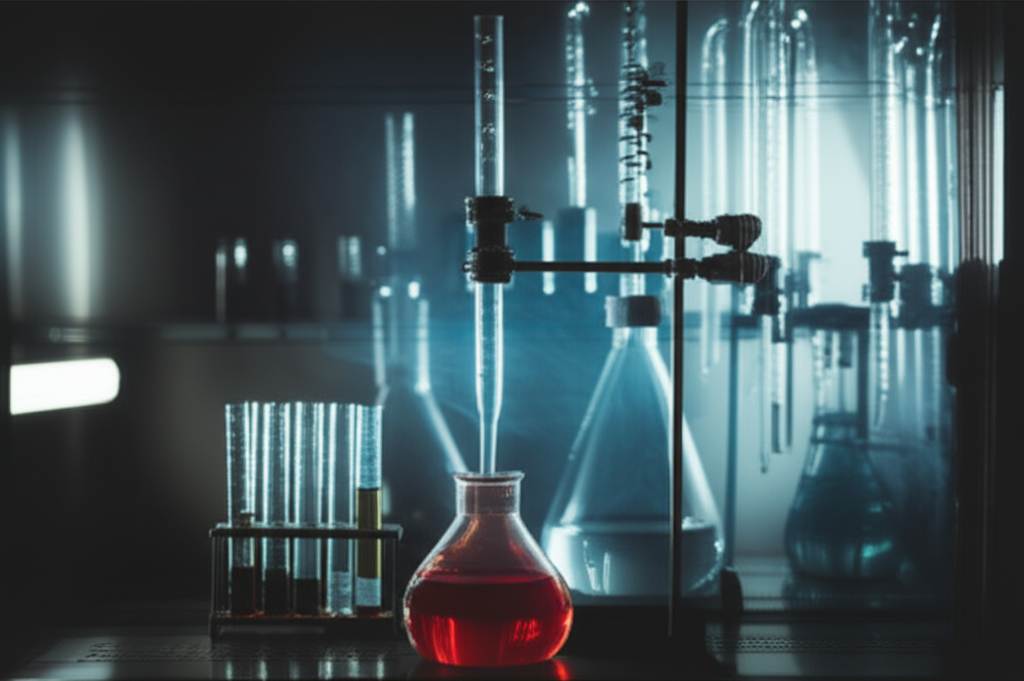R22, chemically known as Chlorodifluoromethane (HCFC-22), has long been a cornerstone in the refrigeration and air conditioning industries. For decades, its favorable thermodynamic properties made it the refrigerant of choice for a wide array of applications, from residential air conditioners and commercial refrigeration systems to industrial process cooling.
Understanding the characteristics of R22 is essential. It is a colorless and clear gas with a molecular formula of CHCLF2. Its physical properties contribute to its effectiveness as a refrigerant: a boiling point of approximately -40.8 °C at atmospheric pressure, a molecular weight of 86.47 g/mol, and relative stability under typical operating conditions. R22 is non-flammable and exhibits relatively low toxicity, making it seemingly safe for handling in controlled environments, though proper safety protocols are always necessary.
Historically, R22 was prized for its balance of performance, efficiency, and cost-effectiveness. Systems designed for R22 were prevalent globally, powering the cooling infrastructure in homes, offices, supermarkets, and various industrial settings. Its thermal efficiency allowed for compact system designs and reliable operation across different climatic conditions.
However, the widespread use of R22 came with significant environmental consequences. As a hydrochlorofluorocarbon (HCFC), R22 was identified as contributing to the depletion of the stratospheric ozone layer, which protects life on Earth from harmful ultraviolet radiation. Furthermore, R22 has a high Global Warming Potential (GWP) of 1810, meaning its release into the atmosphere contributes significantly to climate change, trapping heat far more effectively than carbon dioxide over a 100-year period (though earlier GWP estimates like 2090 were also used).
In response to these environmental concerns, R22 became subject to international regulations under the Montreal Protocol on Substances that Deplete the Ozone Layer. This landmark agreement mandated a global phase-out schedule for HCFCs, including R22. Developed countries largely ceased production of virgin R22 for new equipment years ago, and restrictions on its use, even for servicing existing equipment, have become progressively stringent. Developing countries also have phase-out commitments, leading to a declining global supply of newly manufactured R22.
Despite the phase-out, R22 systems are still operational in many parts of the world, particularly in developing nations and as legacy equipment in developed countries. Servicing these systems often requires access to R22, which is now primarily sourced from reclaimed or recycled supplies in many regions. This creates a complex market dynamic where availability can fluctuate, and the quality of reclaimed refrigerant is paramount.

For entities still requiring R22 for servicing or specific allowed applications, sourcing high-purity material is critical. Impurities in refrigerant can lead to system corrosion, blockages, reduced efficiency, and ultimately, equipment failure. Therefore, partnering with a reputable source that adheres to strict quality control standards is non-negotiable. Purity levels must meet industry specifications to ensure system longevity and performance.
When considering where to source R22 refrigerant, several factors come into play beyond just the immediate R22 price. The reliability of the *R22 manufacturer* or *R22 supplier* is key. A long history in the chemical industry, demonstrated quality control processes, and adherence to international standards (where applicable for the product's destination or intended use) are indicators of a trustworthy source. Packaging options also vary, commonly available in familiar cylinder sizes like 13.6kg, 30LB, or 50LB cylinders, as well as larger containers such as 926L ton-tanks and ISO tanks for bulk *R22 purchase*. The chosen packaging should meet safety and logistical requirements.
Navigating the current market to *buy R22 refrigerant* requires careful consideration of regulatory compliance in the destination country, the intended application, and the need for certified purity. While alternatives like R410A, R407C, and others are standard for new installations, R22 remains necessary for maintaining older infrastructure. Finding a reliable *R22 supplier* or *R22 manufacturer* that can provide certified material and understands the logistical complexities of shipping refrigerants is vital for seamless procurement.
In conclusion, while the global trend is towards phasing out R22 in favor of refrigerants with lower environmental impact, it retains importance for servicing existing equipment. Securing high-quality, compliant R22 from a dependable source is essential for professionals maintaining these systems. NINGBO INNO PHARMCHEM CO.,LTD. understands the complexities of the chemical supply chain and the critical need for product integrity when sourcing materials like R22.
Manufacturing Facilities






Professional Export Experience
to Global Customers

1. 20 years of R&D, manufacturing and sales experience, serving customers in 60 countries and regions around the world;
2. Own R&D laboratory, pilot platform and large-scale production workshop, which can meet the audit requirements of global customers;
3. We can satisfy customers' perfect transition from small scale lab requirements (gram level) to commercialization requirements (hundred tons level).
A: We don't have Minimum Order Quantity, exact quantity should be provided before quotation for us to calculate the exact cost.
A: We don't provide free samples due to lots of request and expensive international courier's cost, we can deduct the sample charge after commercial order placed.
A: Our payment terms: Small or sample order: T/T IN ADVANCE. Commercial order: First order should be by T/T IN ADVANCE or L/C at sight, and following orders T/T 30~90days is acceptable subject to approval of credit application.